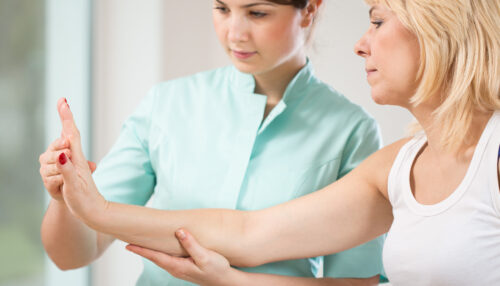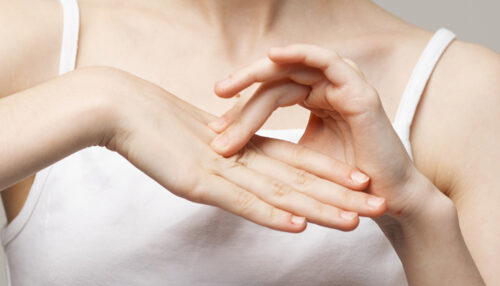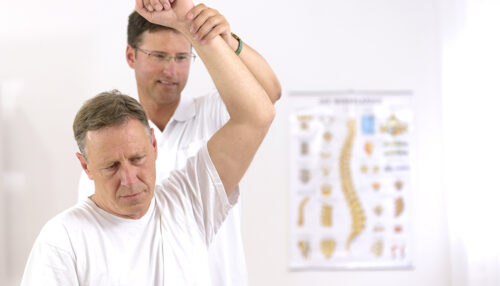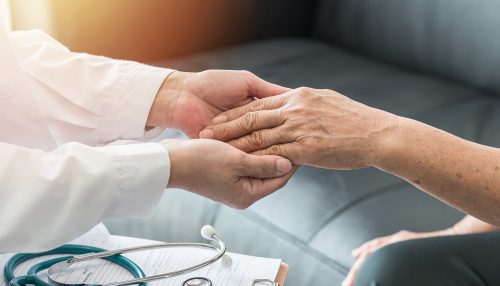Vibrotherapy assists traditional exercise methods of the upper limbs in improving their function. The use of mechanical vibration has resulted in a reduction in spasticity and an increase in maximum grip strength in people with post-stroke haemiplegia. The loss of motor function of the hand results in a lack or reduced ability to grip. One […]
hand rehabilitation

Cerebellar dysfunctions (such as in multiple sclerosis – MS) are often associated with impaired wrist movements (dysmetry), affecting the accuracy of fine movements. The aim of British scientists was to test whether vibrations (125 Hz; 0.75 mm), as a dermal-muscular and proprioceptive stimulation, could improve the accuracy of movement in disturbances of motor precision associated […]

Scientists from the medical university that awards the annual Nobel prizes in the field of physiology and medicine (Karolinska Institute, Sweden) aimed to study the brain patterns of activity as a result of hand stimulation by a vibration. In particular, the authors wanted to illustrate in positron emission tomography (PET) whether vibrational stimulation will cause […]

The goal of American researchers was to evaluate the feasibility of a glove providing mechanical vibrotactile stimulation (VTS) of the hand, as well as the rehabilitation potential of the VTS glove in restoring hand function in people with chronic stroke. VTS glove improved skin tactile perception, decreased finger spasticity, as well as increased the range […]

Parkinson’s disease (PD) is characterized by the typical motor symptoms (tremor, muscle stiffness, bradykinesia) and cognitive impairment. Epidemiological data show that 30% of all PD cases are working people. Presented article focuses on the people with limb tremor (working and employed, in an active and productive phase of their life) and their ability to work, […]


